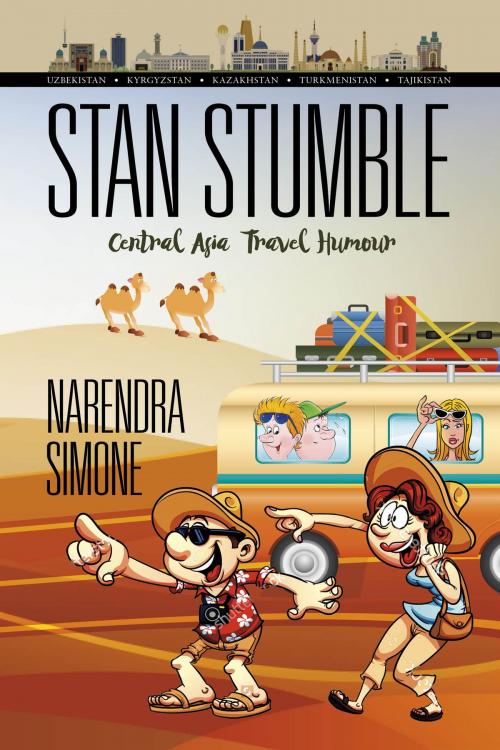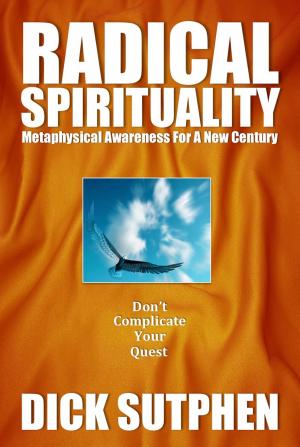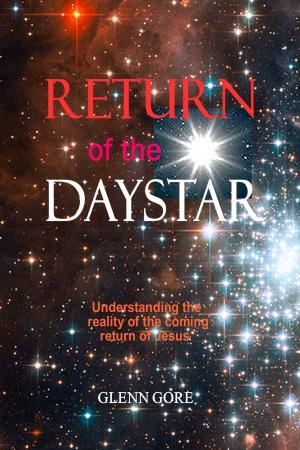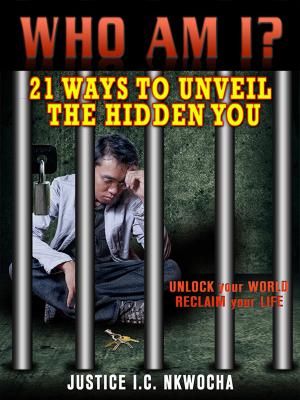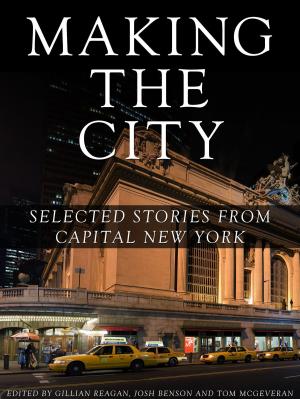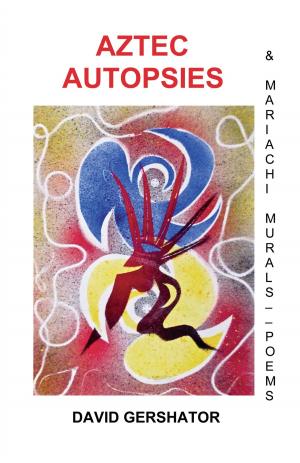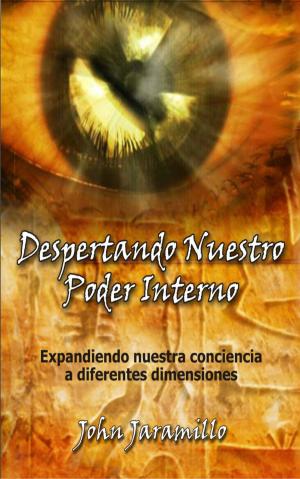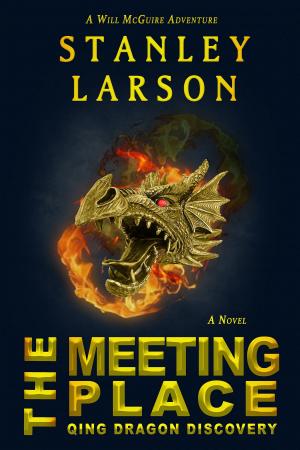| Author: | Narendra Simone | ISBN: | 9781988382029 |
| Publisher: | BookBaby | Publication: | June 20, 2016 |
| Imprint: | BookBaby | Language: | English |
| Author: | Narendra Simone |
| ISBN: | 9781988382029 |
| Publisher: | BookBaby |
| Publication: | June 20, 2016 |
| Imprint: | BookBaby |
| Language: | English |
Competing in a race to reach 100 countries and a quest to find the perfect wine brought the one who must always be obeyed and I to Central Asia. Our journey started in Kazakhstan that dates back to the Stone Age, a prehistoric period characterized by the use of stone tools. It was only in the beginning of the 15th century when Kazakh identity came into being. After becoming stronger as a people, the Kazakhs fought off a federation of armed Western Mongol tribes in the 17th century, and went on to win major victories invading forces in the following century. During the 19th century, however, the vast Russian empire started to expand in Central Asia. Following its colonization, 400,000 Russians immigrated to the country and were followed by one million Slavs, Germans and Jew. The Russians slaughtered a number of renowned local writers, poets, thinkers, and historians to suppress Kazakh culture and identity, and had made the territory as the Kazakh Soviet Socialist Republic. Our next stop was Kyrgyzstan. In order to get the feel of its culture, history, cuisine, wines, music and people we travelled through Bishkek, Tokmon, Issyk Kul, Gigorevka Gorge, and Ala Archa national Park. It is a beautiful country embraced by mountains in Central Asia. Tian Shan mountain ranges wrap up most of its northern border. Lake Issyk-Kul insulates the land with its warm accompaniment. Kyrgyzstan has a strong foundation of noble virtues from its ancestral roots. This is one country that deserves several days of stay to explore it natural beauty. Next was Uzbekistan. It is located in the heart of Central Asia, between two large rivers Amu Darya and Syr Darya. This land became the motherland of civilization, which is perhaps one of the most ancient in the world. This land was the crossroad of the Great Silk Road, connecting Asia and Europe. Here, in numerous bazaars and workshops craftsmen created fine works of art, which by the Silk Road reached the most remote parts of Europe and Asia. To support the international trade, they built beautiful cities of Samarkand, Bukhara, and Khiva. In the upper Palaeolithic period this land was settled by Neanderthals. Exploring the petroglyphs of different periods of history one can ‘read’ the history of mankind. Next age was the Mesolithic era, 15-20 millenniums ago. Bronze epoch in the history of Uzbekistan includes the period from the 3rd millennium to early centuries of 1st millenniums BC. It was the epoch of transformations, formation of first states on the territory of two great rivers: Ancient Baktria and Great Khorezm. It was the period of origin of first religion in Central Asia, Zoroastrianism, and first powerful empire of Achaemenids. Next came Turkmenistan. It is bounded by the Caspian Sea to the west, Kazakhstan to the north, Uzbekistan to the east, and Iran and Afghanistan to the south. Its largest city is Ashgabat, which is also its capital. The Turkmen people are of a courteous breed and are hospital. They treat their guest as a messenger of Allah, and believe in the proverb, ‘The guest is higher than the father.’ It is also the Disney world of the Central Asia. Forget Dubai; come to Turkmenistan. It boasts several attractions in the capital and in the fringes or borders of the desert and in ancient ruins such as those in Mary town located east of Ashgabat. Our last stop was Tajikistan. It is a small country located in Central Asia at the west of China. Considered as highly landlocked, the territory is expected to be mountainous. In particular, highlands are exclusive to mountain ranges while the lowlands to valleys. Waters are limited to the river system cradled by mountains. Attributed to national topography, the Tajik community is somewhat isolated. Secluded orientation is believed to have brought out the unsullied way of life of the inhabitants. What we found is presented in this book more as a survival guide than a tourist guide. But it will make you laugh, and that is my guarantee.
Competing in a race to reach 100 countries and a quest to find the perfect wine brought the one who must always be obeyed and I to Central Asia. Our journey started in Kazakhstan that dates back to the Stone Age, a prehistoric period characterized by the use of stone tools. It was only in the beginning of the 15th century when Kazakh identity came into being. After becoming stronger as a people, the Kazakhs fought off a federation of armed Western Mongol tribes in the 17th century, and went on to win major victories invading forces in the following century. During the 19th century, however, the vast Russian empire started to expand in Central Asia. Following its colonization, 400,000 Russians immigrated to the country and were followed by one million Slavs, Germans and Jew. The Russians slaughtered a number of renowned local writers, poets, thinkers, and historians to suppress Kazakh culture and identity, and had made the territory as the Kazakh Soviet Socialist Republic. Our next stop was Kyrgyzstan. In order to get the feel of its culture, history, cuisine, wines, music and people we travelled through Bishkek, Tokmon, Issyk Kul, Gigorevka Gorge, and Ala Archa national Park. It is a beautiful country embraced by mountains in Central Asia. Tian Shan mountain ranges wrap up most of its northern border. Lake Issyk-Kul insulates the land with its warm accompaniment. Kyrgyzstan has a strong foundation of noble virtues from its ancestral roots. This is one country that deserves several days of stay to explore it natural beauty. Next was Uzbekistan. It is located in the heart of Central Asia, between two large rivers Amu Darya and Syr Darya. This land became the motherland of civilization, which is perhaps one of the most ancient in the world. This land was the crossroad of the Great Silk Road, connecting Asia and Europe. Here, in numerous bazaars and workshops craftsmen created fine works of art, which by the Silk Road reached the most remote parts of Europe and Asia. To support the international trade, they built beautiful cities of Samarkand, Bukhara, and Khiva. In the upper Palaeolithic period this land was settled by Neanderthals. Exploring the petroglyphs of different periods of history one can ‘read’ the history of mankind. Next age was the Mesolithic era, 15-20 millenniums ago. Bronze epoch in the history of Uzbekistan includes the period from the 3rd millennium to early centuries of 1st millenniums BC. It was the epoch of transformations, formation of first states on the territory of two great rivers: Ancient Baktria and Great Khorezm. It was the period of origin of first religion in Central Asia, Zoroastrianism, and first powerful empire of Achaemenids. Next came Turkmenistan. It is bounded by the Caspian Sea to the west, Kazakhstan to the north, Uzbekistan to the east, and Iran and Afghanistan to the south. Its largest city is Ashgabat, which is also its capital. The Turkmen people are of a courteous breed and are hospital. They treat their guest as a messenger of Allah, and believe in the proverb, ‘The guest is higher than the father.’ It is also the Disney world of the Central Asia. Forget Dubai; come to Turkmenistan. It boasts several attractions in the capital and in the fringes or borders of the desert and in ancient ruins such as those in Mary town located east of Ashgabat. Our last stop was Tajikistan. It is a small country located in Central Asia at the west of China. Considered as highly landlocked, the territory is expected to be mountainous. In particular, highlands are exclusive to mountain ranges while the lowlands to valleys. Waters are limited to the river system cradled by mountains. Attributed to national topography, the Tajik community is somewhat isolated. Secluded orientation is believed to have brought out the unsullied way of life of the inhabitants. What we found is presented in this book more as a survival guide than a tourist guide. But it will make you laugh, and that is my guarantee.
